How to Gather Your Own Red Clover [and Dry It for Infusions, Tea & More!]
Welcome! This article contains affiliate links, meaning I get a commission if you decide to make a purchase through my links, at no extra cost to you.
Red clover, or Trifolium pratense, is a plant in the legume family (Fabaceae) that has medicinal uses in herbalism.
If you want to use red clover as a nourishing infusion, for its phytoestrogen content, or for its blood-purifying abilities, you might want to eventually gather your own herb.
Red clover can be relatively expensive to buy, so if you have a place where you can gather your own, doing so may be very rewarding for you.
However, red clover is prone to developing mold growth, so drying and storing it properly can be challenging.
Fortunately, there are a few handy tricks that will help you gather and store red clover of the best possible quality.
Find a Safe Place to Gather From
 “Trifolium pratense habit2” by Macleay Grass Man is licensed under CC BY 2.0
“Trifolium pratense habit2” by Macleay Grass Man is licensed under CC BY 2.0
The first thing you will need to do is find a place where red clover is growing that is safe to gather from.
Any gathering of wild herbs should take place at least 10 ft away from roads because car exhaust is a source of pollution.
Additionally, you will want to make sure the area hasn’t been sprayed with pesticides or herbicides. To figure that out, you really just need a little common sense.
If herbicides have been used, you are likely to see plants that are dead or extremely sickly or an area where little grows other than grass.
As for pesticides, bees and butterflies are extremely sensitive to those, so if you see a lot of bees and butterflies happily flitting about in a field of red clover, it’s probably safe for you to pick.
Identifying Red Clover
 “Trifolium pratense” by Anne Worner is licensed under CC BY-SA 2.0
“Trifolium pratense” by Anne Worner is licensed under CC BY-SA 2.0
Of course, you will need to make sure that you have the right plant. You probably know what the telltale pink-purple flowers of red clover look like. But just to be safe, check to make sure you have identified it correctly.
Red clover has the three-leaf pattern typical of clover but unlike white clover, you will see a white “V” mark on each leaf.
Because of this, it is possible to identify red clover before it blooms, which can be handy if you want to scout out a gathering spot.
Consider Timing
Once you have found a place to gather red clover, it is necessary to consider timing. Both the time of day and the time of season come into play here.
Red clover blossoms will taste sweeter if they are gathered in the spring or summer rather than the fall.
Generally, the best time to gather any herbs is in the late morning, after the dew has dried.
You don’t want to gather red clover right after a rain, but neither is it a good idea to gather plants during a drought. An ideal time to pick red clover would be several days after a rain when the plants are dry.
Choose the Right Gathering Container
You need to think about what sort of container you are going to use to gather red clover. Because this particular herb is so prone to developing mold, it is best not to use plastic.
A cloth bag helps to absorb excess moisture and is great for gathering plants.
It is very simple to make a plant-gathering bag out of an old T-shirt. All you need to do is cut out the neck of the T-shirt and cut the sleeves off, making the cuts inside the seams.
Then, turn the whole thing inside out and sew a seam along the bottom. Flip it back right side out and you have a cloth bag with handles.
Choose Healthy Plants
 “File:Bombus veteranus – Trifolium pratense – Keila.jpg” by Ivar Leidus is licensed under CC BY-SA 4.0
“File:Bombus veteranus – Trifolium pratense – Keila.jpg” by Ivar Leidus is licensed under CC BY-SA 4.0
When you are gathering red clover, avoid picking any sickly-looking plants. You should pick only the freshest, brightly colored flowers, avoiding any that are dried and brown, or have mildew growing on them.
Generally, the part of red clover used in herbalism is the flower with attached leaf bracts. However, it can be a good idea to include at least part of the stem.
Any beneficial constituents that are found in a plant’s flower come from the stem, and a study has shown that the stems of red clover contain eight times more phytoestrogens than the blossoms. Whether you include the stems is up to you though.
When you are picking any plant, make sure that you gather less than half of what is there. Red clover is considered a weed and is not an endangered plant, but you don’t want to devastate the plant populations over time.
Also, don’t forget that you are sharing the clover with the bees.
Drying Red Clover
Once you have gathered a bag of red clover, you will want to dry it for use in teas and infusions. You can either use drying screens or an electric food dehydrator for this.
If you use drying screens, make sure the blossoms get good air circulation and it is a warm, sunny day.
An electric food dehydrator (this one is amazing) can be used to dry herbs quickly. If you have gathered a lot of plant material, it may be necessary to dry it in batches if you are using a dehydrator.
Be careful not to leave the herbs in the dehydrator for too long after they are dry. Check them frequently.
You might not want to dry all of your red clover. Fresh blossoms can be eaten in salads or cooked with, and if you are going to make a red clover tincture, you would probably use the fresh plant.
Once you have dried your red clover, be sure to label the container you are storing it in with the date harvested.
It would be ideal to use it up within the year, though it will probably retain a fair amount of potency for three years. Dried herbs don’t exactly spoil so long as they remain dry, but they can lose a lot of their potency if they are stored too long.
Red Clover Infusion
Dried red clover blossoms can be added to tea blends, or made into infusions.
To make a red clover infusion:
- Weigh out an ounce of red clover blossoms
- Put it in a quart jar.
- Fill the jar with boiling water
- Cover and steep at least two hours, although you can also let it steep overnight.
Just make it in the evening and drink it in the morning.
If you enjoy making herbal salves, red clover can be made into a salve that is beneficial for the treatment of eczema and other itchy skin conditions.
Now you know how to pick your own red clover. It might take some practice to get it right, but in time you might find that your red clover is of better quality than what you would buy.

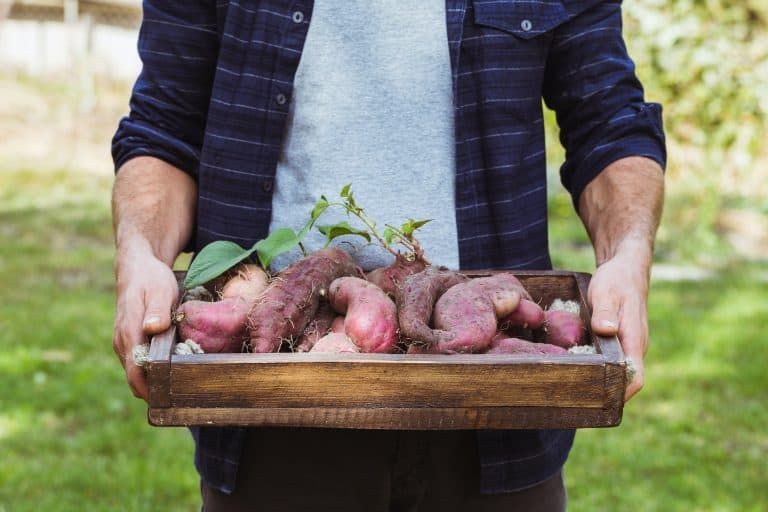
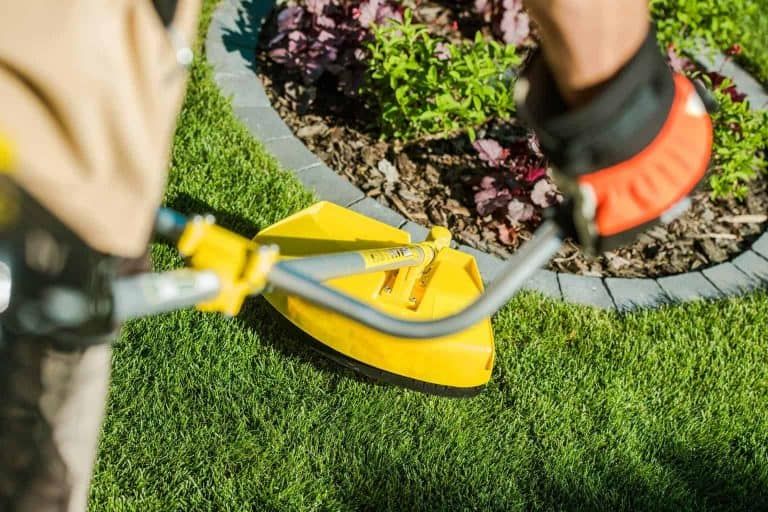
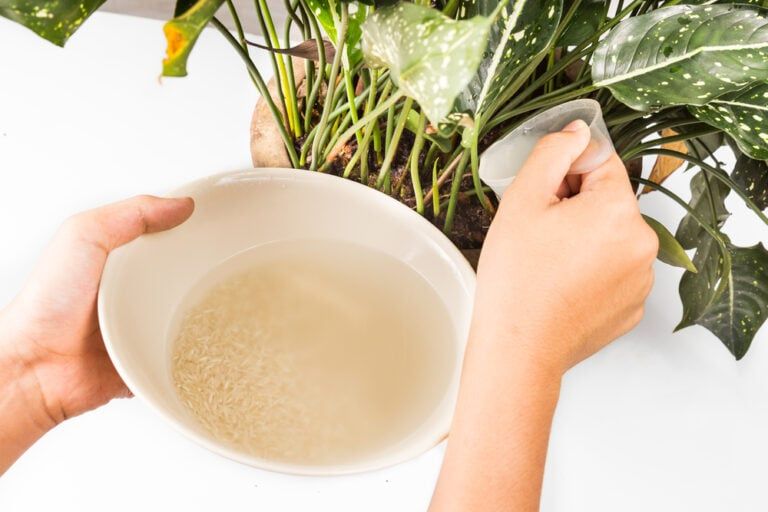
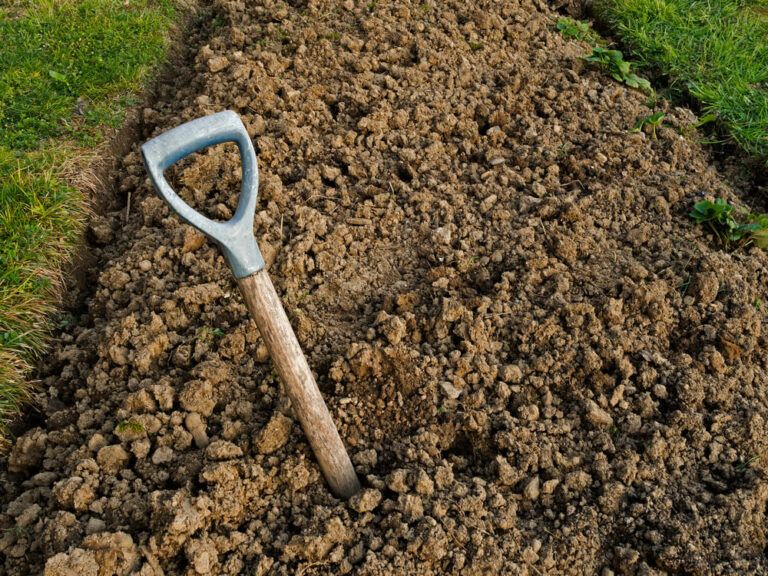
![11 Fabulous Thyme Companion Plants! [Fruit Bushes, Herbs, and Veggies!]](https://69be7209.flyingcdn.com/wp-content/uploads/2023/03/creeping-thyme-with-deep-purple-and-pink-flowers-768x512.jpg)
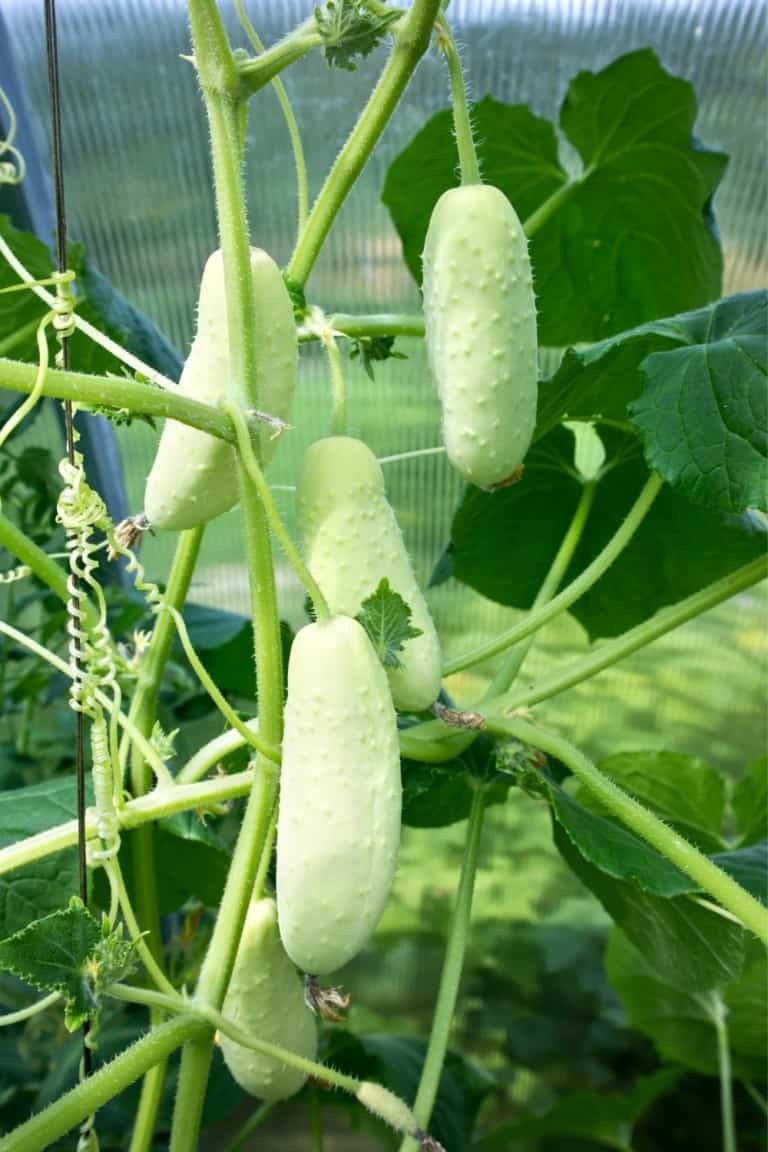
It’s the leaves that has many many times more phytoestrogens than the flowers. The stems also have lots more than the flowers, but the leaves dwarf both the stems and flowers in terms of concentration. This is at the early flowering stage.
Thank you for the wonderful article! I have been foraging clover and was not exactly sure how to dry them. This was inspiring and great advice!
Thanks so much Katie!